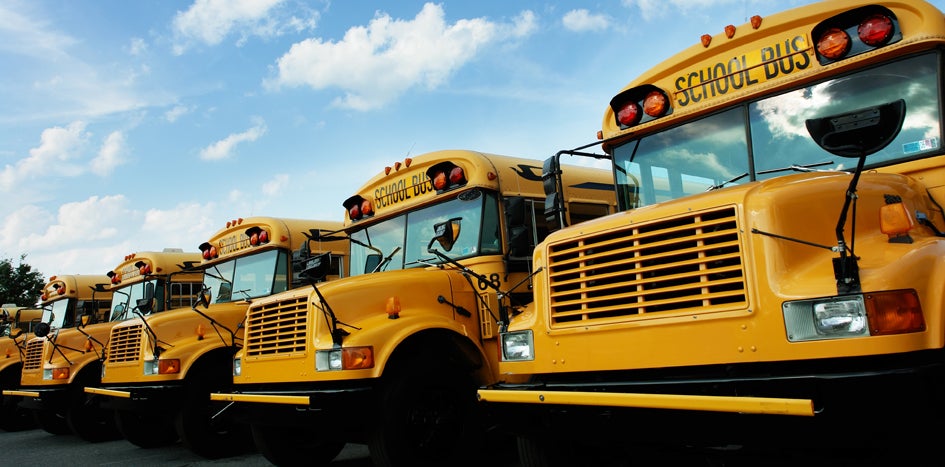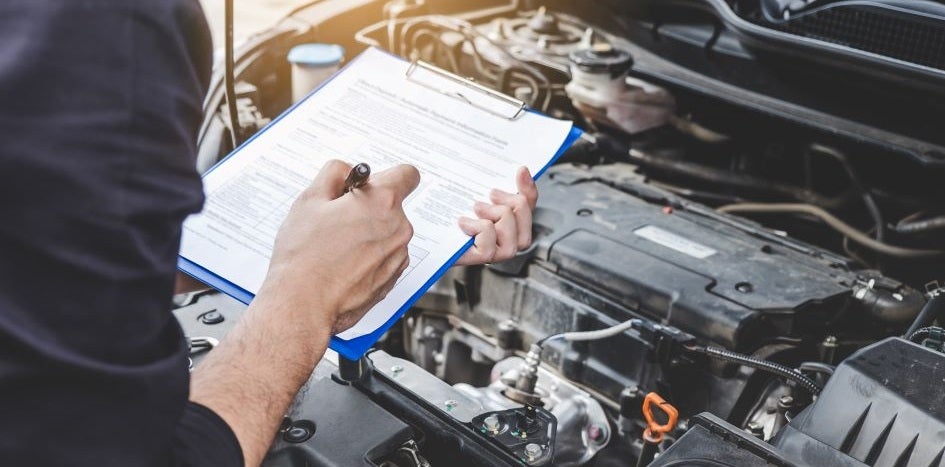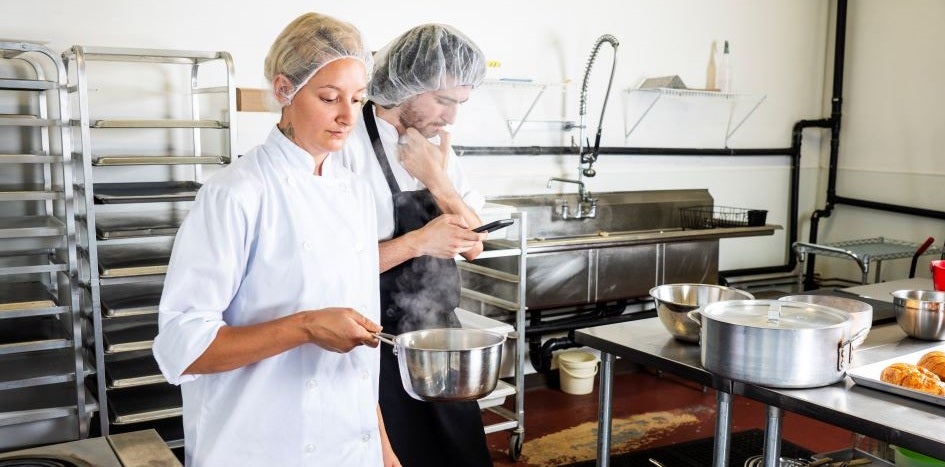Mastering Slip, Trip, and Fall Prevention
School employees face hazards every day. Groundskeepers work in the elements. Science teachers mix volatile chemicals. Trained maintenance staff repair or replace faulty outlets and circuit breakers. Still, the leading cause of workplace injuries has nothing to do with heat indexes, hydrochloric acid, or high-voltage electricity.
In the Texas educational services sector, slips, trips, and falls account for about 37 percent of workplace injuries that result that cause employees to miss work, according to the Texas Department of Insurance. Industrywide data shows that slips, trips, and falls cause injured employees to miss 14 days of work on average. Even more eye popping: The average claim costs a staggering $49,000. Those numbers are sure to get any CFO's attention.
Common Hazards
You should investigate every accident and near miss. Your goal is to identify and correct the root causes. The following hazards are commonly uncovered during slip, trip, and fall incident investigations.
Unsafe Conditions
- Uneven walking surfaces such as stairs, speed bumps, and elevator thresholds
- Leaky equipment
- Broken stairs, handrails, and floorboards
- Wet, oily, or freshly waxed floors
- Rugs rolled up at the ends
- Worn carpet
- Unanchored rugs and mats
- Poor lighting
- Open file cabinet drawers
- Extension cords across walkways
Unsafe Behaviors
- Standing on furniture instead of ladders
- Jumping off loading docks instead of using stairs
- Moving loads you can’t see over
- Failing to keep the workplace clean and orderly
- Choosing the wrong footwear for the job
- Walking while distracted
- Not using handrails on stairs
9 Slip, Trip, and Fall Prevention Tips
Considering the physical hazards that cause slips, trips, and falls, it makes sense that custodial and maintenance employees are key to keeping schools safe. But everyone can do their part to protect themselves, their co-workers, and their students.
1. Practice Good Housekeeping
Clean, orderly workplaces promote productivity and reduce opportunities for accidents. Keep walkways, stairs, and exits clear of supplies, tools, and hoses. If you have to run a power cord across a walkway, tape it down or use a cord cover.
Finally, remember that personal accountability drives workplace safety. If you see a wet spot on the floor, wipe it up as soon as possible, even if you didn’t make the mess. If you can’t clean up a spill immediately, use a Caution: Wet Floor sign or rope the area off.
2. Use Caution Signs Properly
Caution signs can serve as a powerful tool for alerting staff and students about slick floors if you use them properly. Consider these best practices:
- Place signs on both sides of a slip hazard, as close to the hazard as possible. Try to form a triangle around the hazard.
- Make sure signs are visible from all directions. You might have to use more than one sign, especially if the hazard is near a blind corner.
- Remove signs when no hazard is present, and store them out of public view. If staff, students, and visitors are accustomed to seeing caution signs when no hazard is present, they might ignore signs when there is a real risk.
3. Follow These Cleaning Best Practices
Your vendors, manufacturers, and warranties probably recommend or require specific cleaning method for reach floor type, but these basics generally apply:
- Use hot water and a soft deck bristle brush.
- Replace dirty water regularly.
- Make sure cleaning chemicals are PH neutral and follow dilution instructions.
- Never allow mop water to dry on the floor. Use a wet vac to remove it.
4. Dress for the Job
Athletic shoes, high heels, and shoes with slick soles increase injury risk. Custodial, maintenance, and kitchen staff should wear slip-resistant footwear in slippery areas. Everyone else should choose flat, close-toe shoes with soles that provide traction.
5. Strategically Place Nonslip Mats
Secure nonslip mats to the floor inside locker rooms, cafeterias, kitchens, moisture-prone areas, and entryways. When selecting entry mats, remember that the Carpet and Rug Institute recommends at least 12 to 15 feet of coverage to remove 90% of the soil tracked in on shoes. Make sure you don’t under-estimate the coverage you need.
To meet the Institute’s coverage recommendation, a person’s feet must touch the mat at least three times. Most buildings horizontally place 3’ x 5’ or 4’ x 6’ mats. The 3’ or 4’ feet of coverage can be walked over in a single step, with just one shoe hitting the mat. You can achieve maximum coverage by placing a scraper mat outside and a wiping mat inside. Mat sizes can vary as long as they provide 12 to 15 feet of coverage collectively.
6. Avoid Ladder Substitutes
There is no substitute for a damage-free ladder. That means no standing on desks, chairs, or other furniture. Don’t prop ladders on truck beds or other elevated areas. If you need to reach higher, get a taller ladder. The job might take longer, but the fastest way to do a task is rarely the safest way.
7. Keep Your Head Up and Your Phone Down
It’s no secret that distracted driving is dangerous. But did you know distracted walking can cause serious, even fatal, accidents? Whether you’re crossing the street, taking the stairs, or racing to beat the bell, follow this advice from the National Safety Council: Keep your head up and your phone down.
8. Walk Like a Penguin
Texans use the term “winter” loosely, but our friends in parts of the state are no strangers to snow, sleet, and ice. If your travels take you across slick surfaces, walk like a penguin:
- Bend your knees slightly
- Keep your feet flat
- Take short, shuffle-like steps
- Extend your arms at your sides for balance
It might sound funny, but have you ever seen a penguin slip?
9. Repair Property Damage
Damaged stairs, handrails, floorboards, and sidewalks are common culprits in slip, trip, and fall accidents. The same goes for unsecured or wrinkled carpet, burned-out lightbulbs, and faulty electrical switches. Report damaged property to your supervisor immediately. Use signs or cones to alert co-workers, students, and visitors until damaged property is repaired or replaced.
Here’s the Key to Preventing Accidents
Slip-resistant mats, quality ladders, and other equipment has its place in keeping employees’ feet on solid ground. But empowered employees are your most powerful tool for preventing, slips, trips, and falls. If you’re a Fund member with Workers’ Compensation coverage, download our no-cost training toolkit. For 15 minutes of your time, you can teach best practices everyone can embrace for a slip, trip, and fall-free workplace.
Training Toolkit: Slips, Trips, and Falls
Train your employees to avoid injuries by practicing good housekeeping, using ladders correctly, and using personal protect equipment.

David Wylie
David Wylie serves as content developer on the risk solutions team. He brings more than 20 years' experience writing educational content that helps employers protect against workplace accidents, property damage, cybercrime, and other losses.
You May Also Like…
View All Related Insights
The Basics of School Fleet Management
Your community relies on your district's vehicles, so take care of your buses, trucks, and cars with these fleet management basics.

Want to Worry Less About Data Breaches?
The accidental release of sensitive information can tarnish your organization’s reputation. Data loss prevention tools help ensure that when employees make mistakes, technology has your back.

Protect Your Fleet With a Preventative Maintenance Plan
If you want to protect your vehicles and their passengers, you need an effective preventative maintenance plan.

How To Manage and Mitigate Your Burn Risks
From bustling kitchens to science labs to maintenance and transportation shops, there are plenty of opportunities for burns to occur at your school or community college.
